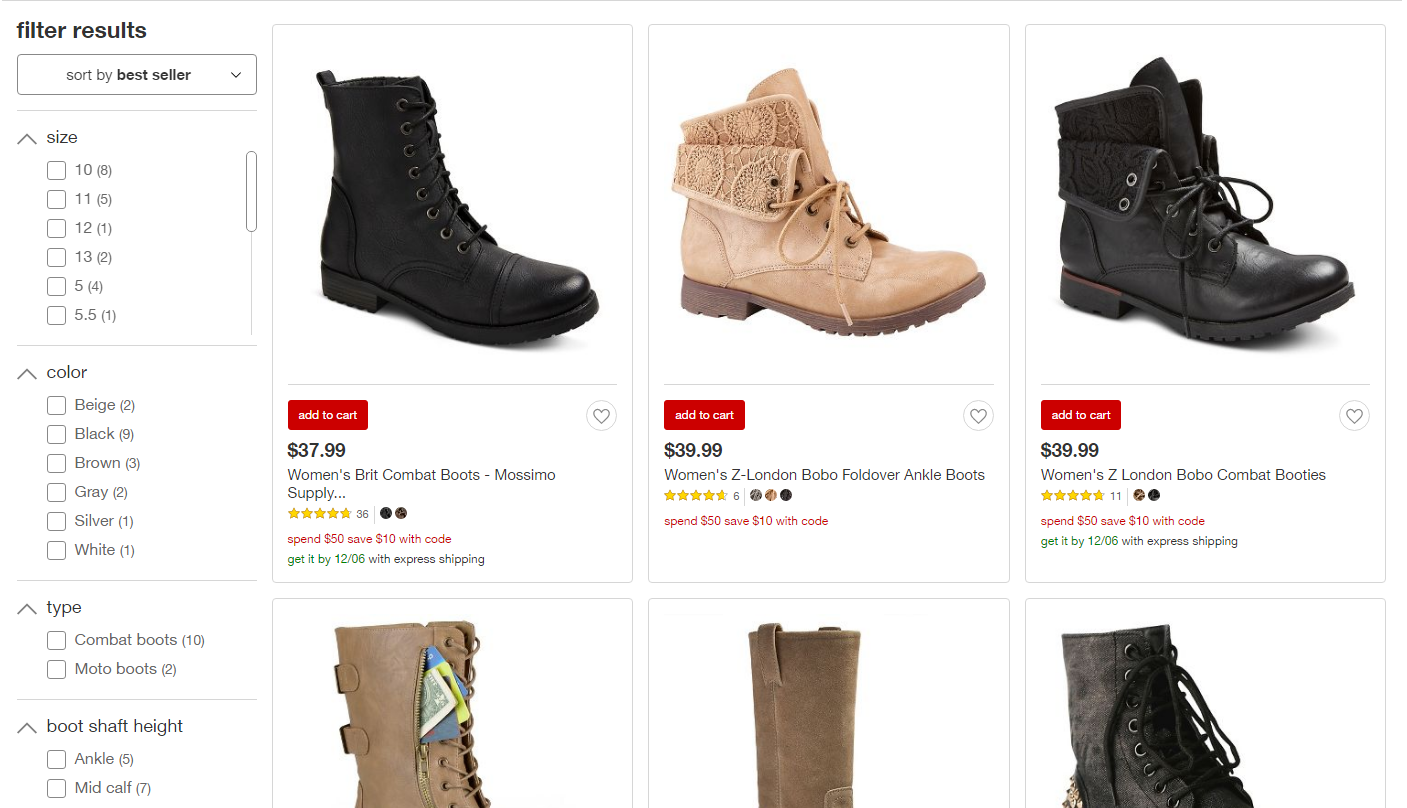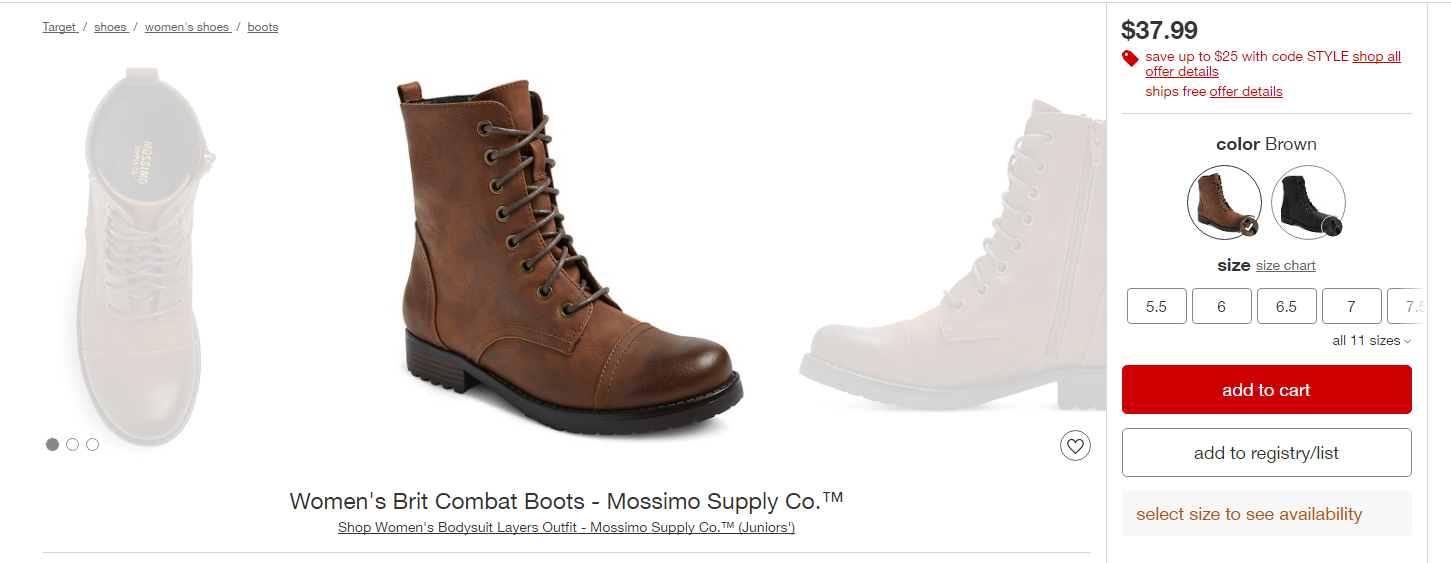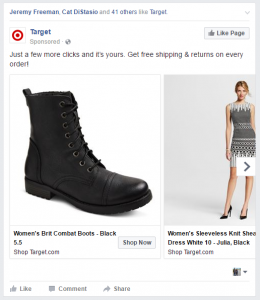If you’ve ever visited a site before and seen that same product you checked out on other websites all over the web – you have been exposed to retargeting. It’s becoming more of a common marketing tactic thanks to Facebook, Twitter, LiveRamp, LiveIntent, AdRoll and many other companies offering stock photos on their home pages of smiling people who have very happily had their privacy invaded.
It’s not really our jam here at Exothermic.
How does retargeting work?
Retargeting works through the magic of pixel-tracking and cookies. Verbatim, from AdRoll’s site:
Technically all that is necessary is to place a JavaScript tag in the footer of your website. This code creates a list of people that visit your site by placing anonymous retargeting “cookies” in their browser. This list allows AdRoll (or other retargeting vendors) to display retargeting ads to your potential customers as they visit other sites. Since AdRoll works with the largest ad exchanges, we can retarget your customers just about anywhere they might go online.
Basically, what it does is latches on to an Internet user after registering a certain website and then when you go to another site that’s within that ad network, it will then show you ads again for that product or site you already visited.
It’s technically “anonymous” data. That cookie doesn’t technically know that you’re you – it just knows you looked at that one specific site one day. And that it should follow you where-ever it can.
Nice, right? In theory, it could be argued that this is a very useful marketing tactic – it’s great for reminding customers, “Hey, come back and check out this thing you might’ve wanted!” Relevance is useful in marketing and since these people have visited the site and clearly shown interest, then we’re good, right? I mean, ultimately…delivering relevant messages is what marketing is all about…right?
It’s not that simple.
Why we oppose retargeting
Imagine going to a mall and walking by one of those vendors who sells perfume or lotion. It’s easy enough to keep walking when you say “no, thanks” and the sales-person will stay at their station as you walk on by to your destination.
Retargeting is basically taking that overly-friendly, in-your-face salesperson…but they’re stalking you. They’re following you from store to store, trying to convince you that you need their product. Which maybe you do, maybe you don’t. Except in this instance, it’s online and without your permission. And most people aren’t aware that it’s going on and how to say “please leave me alone, lady, I don’t want your perfume already.”
At Exothermic, we’re all about brands who support clear opt-in marketing strategies. Retargeting is not a consensual situation – it’s an invasion of privacy. Not to mention it’s annoying.
For a while in 2015, post-purchase retargeting was very popular. I have not stayed on top of retargeting best practices (on purpose) but at one point, I made the huge mistake of purchasing a gift for my mother from iCanvas. Who I will not link to here for fear of falling into their retargeting campaigns again.
For a full 2 months after purchase, I was followed with retargeting ads of the exact purchase I had already made. Apparently, studies had floated around the Internet with various statistics saying that retargeting can be highly effective post-purchase. The idea is that within a day or two after a purchase, online shoppers are more likely to buy again from that same store (or even buy the same thing again).
I hated it and as a marketer, I never want to inflict that on any potential customer – statistics be damned. Here, I’ll show you what this looks like.
Retargeting in practice
Let’s watch this in motion – and for kicks, let’s do it with Target.com (naturally, they’re using retargeting, which makes me giggle).
I’ve gone to Target.com and gone to a random, highly-marketed category: shoes. I am very bad at buying things (my mom uses the term “miserly” for both my father and myself) and I will buy a pair of shoes then run them into the ground over the course of many years. But let’s go look at some boots:

Boots are more my thing, all things considered. So let’s pick that very first category to get a feel for things:

And let’s go deeper into this rabbit-hole, just to see what the first pair of boots actually look like and see some legitimately helpful images to help me in my evaluation:

I picked that very first boot – apparently, the Women’s Brit Combat Boot. Then I went over into another tab, opened up my Facebook newsfeed and ta da, this ad magically showed up as I scrolled down:

Even better, after I looked up the URLs for LiveIntent and AdRoll for the beginning portion of this post…check out those sweet top and sidebar ads on the very next site I loaded after closing out of Facebook:

No refreshing required to get this prime examples for this blog post. It just so happened that the BBC’s ad network was one that LiveIntent and AdRoll could utilize.
Retargeting used to be primarily used in the e-commerce and B2C (business-to-consumer space) but we can now see it more prevalent in B2B (business-to-business, like this example of a retargeting company retargeting me – so meta) and elsewhere.
But think the audience at hand. A lot of people who are seeking products and services to become more self-reliant and independent tend to have this reaction to the concept of retargeting or witnessing it in practice:

Retargeting can be very damaging for a brand and for any person’s privacy.
Ok, do not want. How do I take my name off this list?
There’s no list out there, really. And there’s an extraordinarily simple way you can protect yourself from most digital marketers who feel like this is a totally fine, ethical practice – clear your cache. If you’ve read down the post this far, I believe in your ability to go check out those simple steps rather than my reposting them here.
A lot of people don’t like to clear their cache because it wipes out the passwords or credit card data you’ve saved in your browser and here’s another pro-tip: don’t save that data in your browser anyway. It’s way too easy to access that information or leave it up on a public browser. Lifehacker does a great job giving the overview and it’s also worth mentioning that the encryption on the brower-based password setups is not awesome.
Go ahead and establish that step of not saving your password within your browser. Spend the money to get a license for a web-based password manager (I use 1Password, personally) to start becoming more savvy about protecting your privacy online. Then, after you’ve broken the auto-saving password habit, start a new habit by clearing your cache routinely.
I know, it’s annoying. Clearing your cache isn’t anything a person would consider “fun”…I don’t think. But it’s worth it. Especially if you’re shopping for gifts.
Feel differently about retargeting? Maybe it’s helped you buy something genuinely useful? Let us know. We’re solid on our stance here at Exothermic. We do not support retargeting campaigns with our partners. But hey, who knows – maybe they’re helping someone out there.
